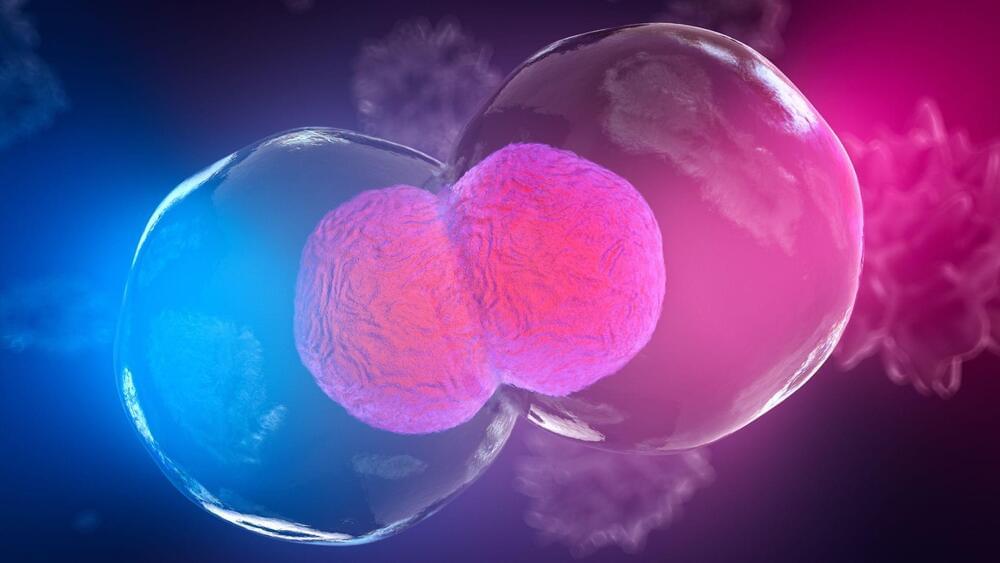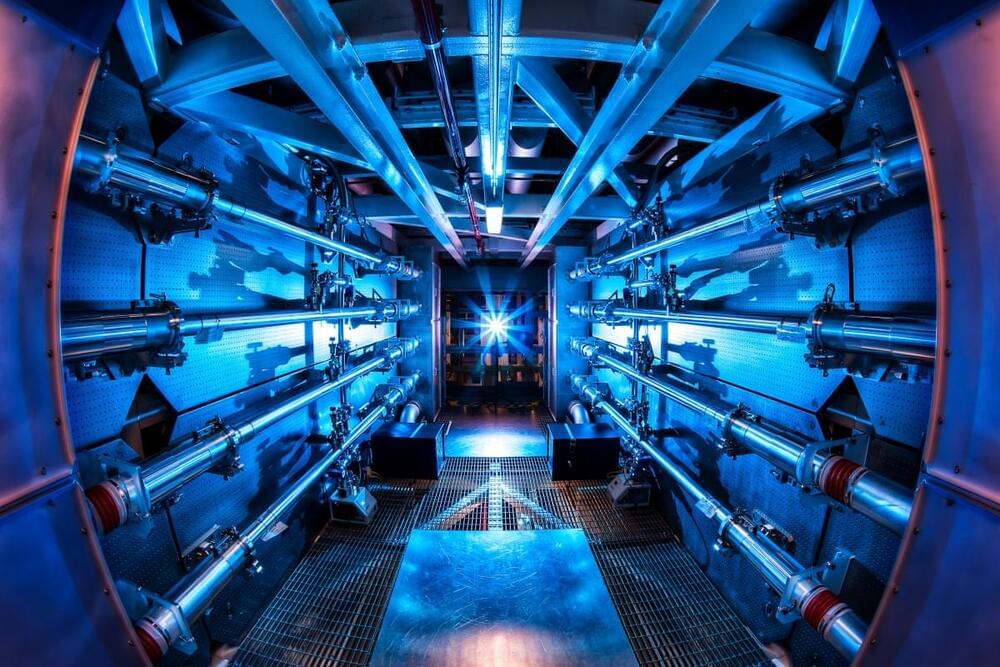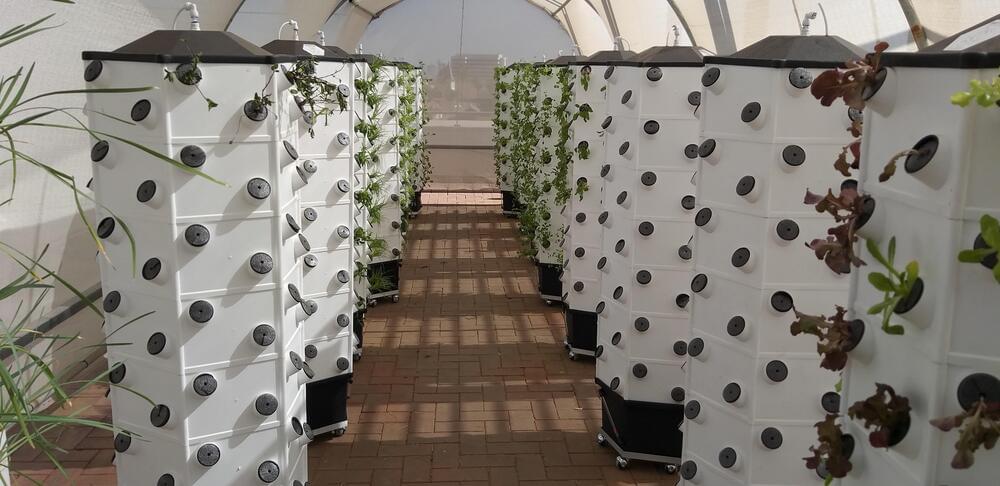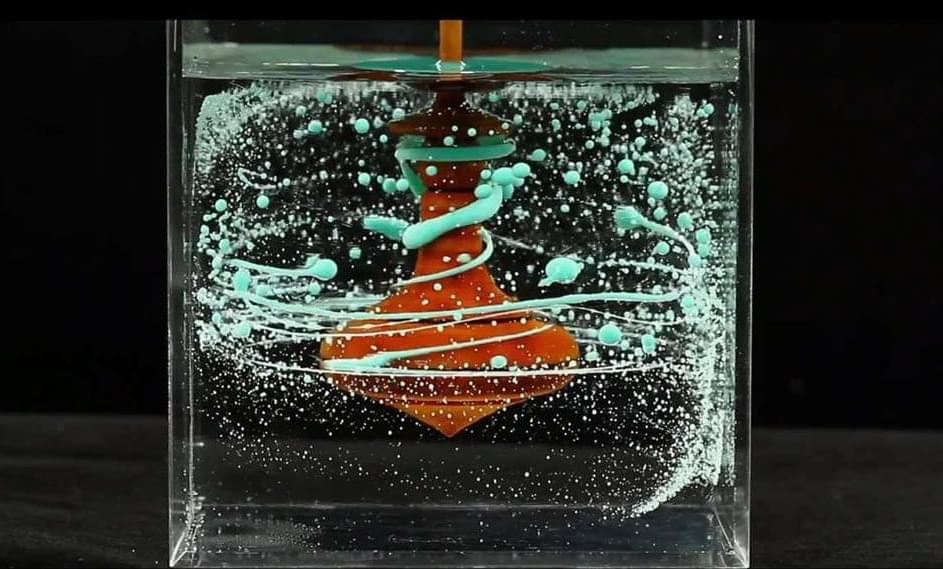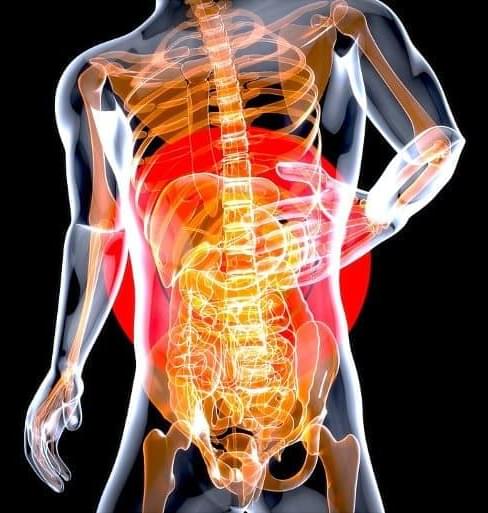𝐂𝐀𝐑-𝐓-𝐜𝐞𝐥𝐥 𝐬𝐡𝐨𝐰𝐬 𝐩𝐫𝐨𝐦𝐢𝐬𝐞 𝐢𝐧 𝐩𝐚𝐭𝐢𝐞𝐧𝐭𝐬 𝐰𝐢𝐭𝐡 𝐥𝐲𝐦𝐩𝐡𝐨𝐦𝐚 𝐨𝐟 𝐭𝐡𝐞 𝐛𝐫𝐚𝐢𝐧 𝐚𝐧𝐝 𝐬𝐩𝐢𝐧𝐚𝐥 𝐜𝐨𝐫𝐝 𝐢𝐧 𝐞𝐚𝐫𝐥𝐲 𝐭𝐫𝐢𝐚𝐥
𝘼 𝘾𝘼𝙍-𝙏-𝙘𝙚𝙡𝙡 𝙩𝙝𝙚𝙧𝙖𝙥𝙮 𝙠𝙣𝙤𝙬𝙣 𝙖𝙨 𝙖𝙭𝙞𝙘𝙖𝙗𝙩𝙖𝙜𝙚𝙣𝙚 𝙘𝙞𝙡𝙤𝙡𝙚𝙪𝙘𝙚𝙡 (𝙖𝙭𝙞-𝙘𝙚𝙡) 𝙞𝙨 𝙨𝙖𝙛𝙚 𝙖𝙣𝙙 𝙨𝙝𝙤𝙬𝙨 𝙚𝙣𝙘𝙤𝙪𝙧𝙖𝙜𝙞𝙣𝙜 𝙨𝙞𝙜𝙣𝙨 𝙤𝙛 𝙚𝙛𝙛𝙞𝙘𝙖𝙘𝙮 𝙞𝙣 𝙖 𝙨𝙢𝙖𝙡𝙡 𝙥𝙞𝙡𝙤𝙩 𝙩𝙧𝙞𝙖𝙡 𝙞𝙣𝙫𝙤𝙡𝙫𝙞𝙣𝙜 𝙥𝙖𝙩𝙞𝙚𝙣𝙩𝙨 𝙬𝙞𝙩𝙝 𝙡𝙮𝙢𝙥𝙝𝙤𝙢𝙖 𝙤𝙛 𝙩𝙝𝙚 𝙗𝙧𝙖𝙞𝙣 𝙖𝙣𝙙/𝙤𝙧 𝙨𝙥𝙞𝙣𝙖𝙡 𝙘𝙤𝙧𝙙, 𝘿𝙖𝙣𝙖-𝙁𝙖𝙧𝙗𝙚𝙧 𝘾𝙖𝙣𝙘𝙚𝙧 𝙄𝙣𝙨𝙩𝙞𝙩𝙪𝙩𝙚 𝙞𝙣𝙫𝙚𝙨𝙩𝙞𝙜𝙖𝙩𝙤𝙧𝙨 𝙧𝙚𝙥𝙤𝙧𝙩 𝙖𝙩 𝙩𝙝𝙚 64𝙩𝙝 𝘼𝙢𝙚𝙧𝙞𝙘𝙖𝙣 𝙎𝙤𝙘𝙞𝙚𝙩𝙮 𝙤𝙛 𝙃𝙚𝙢𝙖𝙩𝙤𝙡𝙤𝙜𝙮 (𝘼𝙎𝙃) 𝘼𝙣𝙣𝙪𝙖𝙡 𝙈𝙚𝙚𝙩𝙞𝙣𝙜.
A CAR-T-cell therapy known as axicabtagene ciloleucel (axi-cel) is safe and shows encouraging signs of efficacy in a small pilot trial involving patients with lymphoma of the brain and/or spinal cord, Dana-Farber Cancer Institute investigators report at the 64th American Society of Hematology (ASH) Annual Meeting.
The research features an in-depth, molecular study of individual CAR-T cells isolated from patients’ blood and cerebrospinal fluid (CSF), which surrounds the brain and spinal cord. This unprecedented analysis, conducted in collaboration with the Cellular Therapeutics and Systems Immunology Lab (CTSI), directed by Leslie Kean, MD, PhD, at Dana-Farber and Boston Children’s Hospital, reveals a surprising difference between the two CAR-T-cell populations: the cells in the CSF display a molecular signature that indicates activation of the interferon pathway, an important step in rallying the immune system. These studies are reported in two oral abstracts at ASH. “For many patients with lymphoma of the central nervous system, there aren’t great treatment options,” said Dana-Farber’s Caron Jacobson, MD, MMSc, who led the trial and will present the findings at ASH. “Our early results suggest that expanding the applicability of CAR-T cells to this indication could improve patient outcomes.”
Lymphomas can begin within the brain or spinal cord, or the tumors can spread to those sites (known collectively as the central nervous system or CNS) after they originate in other parts of the body. While the underlying biology of these primary and secondary CNS lymphomas can be quite different, these cancers are often difficult to treat, especially once the tumors evade standard treatments. In that case, patients typically do not live more than 2 years.
